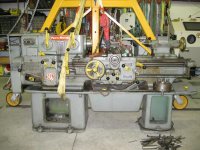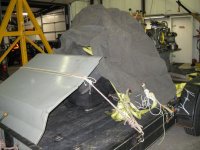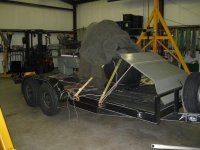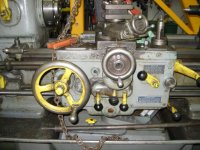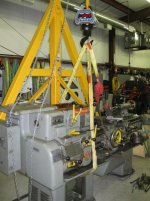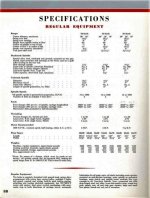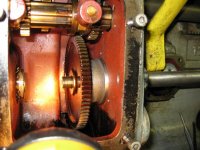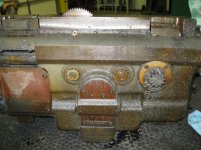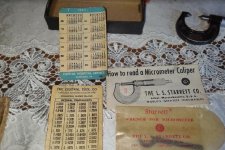tailstock4
Cast Iron
- Joined
- Mar 3, 2013
- Location
- Oklahoma, USA
I’m posting some pictures of my restoration of a Pratt & Whitney 12C. It is not a rebuild as that proved to be unnecessary. I bought this machine in Chicago in March 2013. I had to load it in a narrow alley way using a forklift that wouldn't lift high enough. I started my 700-mile journey home in the late afternoon as the snow began to fall. Sound familiar? I've always been willing to trade miles for better condition.
The serial number is 23809 which I believe is either a 1953 or 1954. (Perhaps johnoder can narrow it down.) The 12C has a 14 1/2" lathe swing, 30” between centers, D1-6 spindle nose, 2-speed motor, and a 1000 RPM gear box with 36 speeds from 7 to 1000 RPM. The restoration took about nine months. What follows are the pictures of the restoration of this machine. I plan to post several pictures at a time and explain what they’re about. Feel free to comment, make suggestions or whatever.
The serial number is 23809 which I believe is either a 1953 or 1954. (Perhaps johnoder can narrow it down.) The 12C has a 14 1/2" lathe swing, 30” between centers, D1-6 spindle nose, 2-speed motor, and a 1000 RPM gear box with 36 speeds from 7 to 1000 RPM. The restoration took about nine months. What follows are the pictures of the restoration of this machine. I plan to post several pictures at a time and explain what they’re about. Feel free to comment, make suggestions or whatever.


